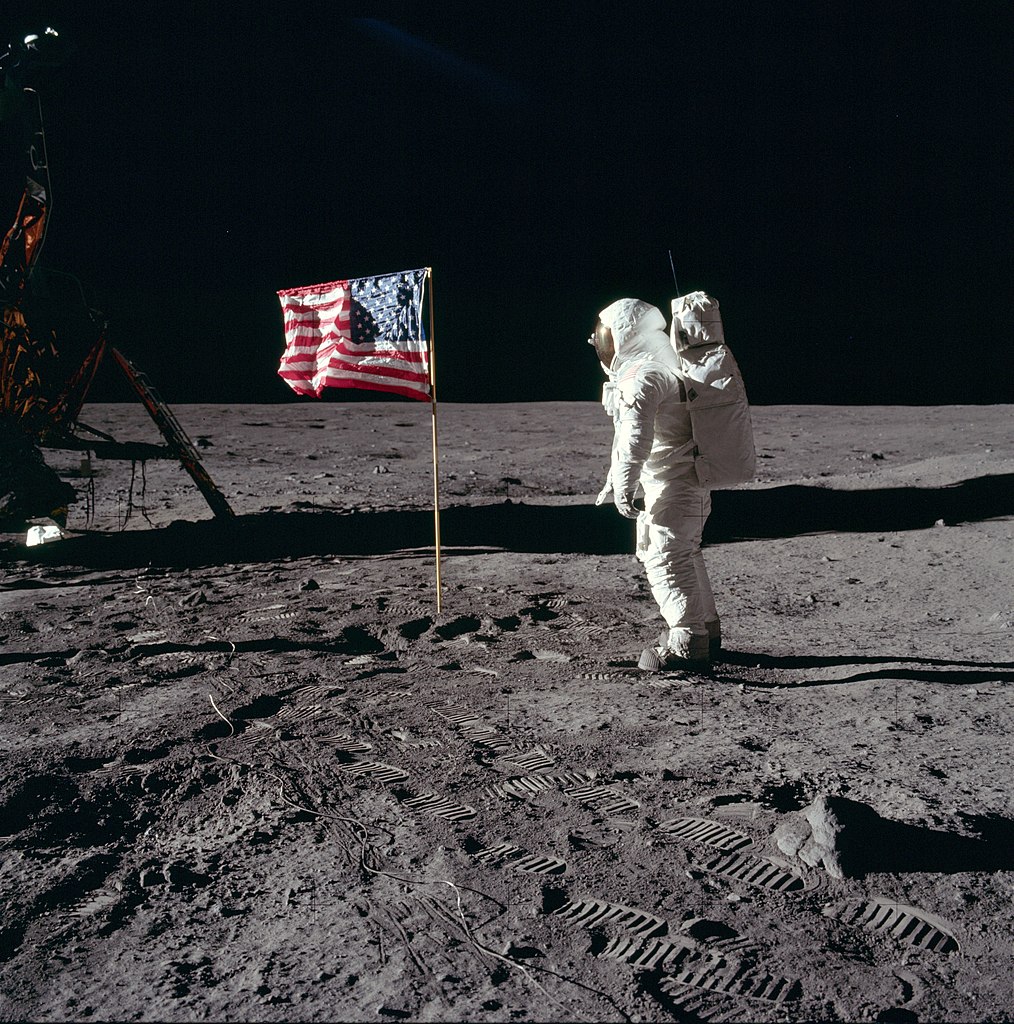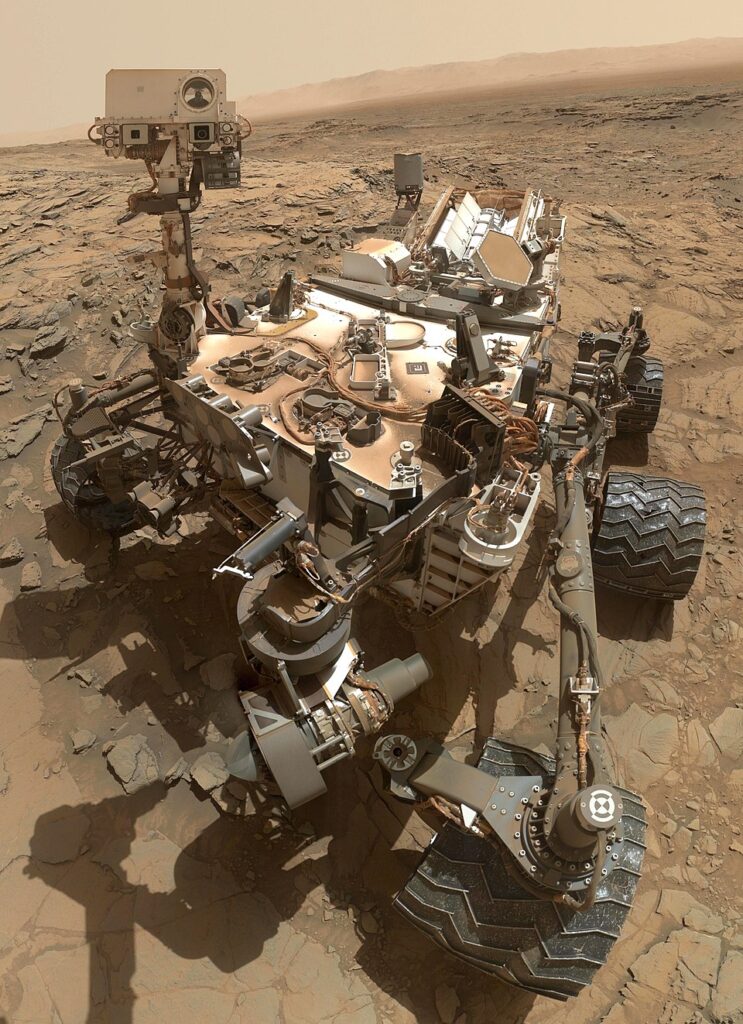What if the next leap in technology that changes your life isn’t born from the chaos of war, but from a rocket launch watched by millions? Or perhaps, as the world watches AI-driven drones over Ukraine and Starship test flights in Texas, we’re witnessing a new era where the boundaries between war technology and space exploration blur. In 2025, with Artemis missions delayed, SpaceX promising Mars landings, and AI reshaping global security, the question is sharper than ever: Does war or space exploration drive more technological innovation?
The true catalyst of technological innovation
Let’s face it: humanity’s greatest leaps in technology have often emerged from our most ambitious – and sometimes most desperate – moments. Whether it’s the crucible of war or the cosmic allure of space, both have acted as powerful engines for innovation. But which has truly been the greater driver of technological development: the battlefield or the launchpad? Strap in as we dissect the evidence, challenge assumptions, and explore the tangled relationship between conflict, curiosity, and the gadgets that shape our world.
The central question
Throughout history, two forces have consistently pushed the boundaries of what is technologically possible: the existential urgency of war and the boundless curiosity (and competition) of space exploration. The central question we’ll tackle: Which has been the greater catalyst for technological advancement – war or space exploration?
On one side, war’s necessity has birthed everything from penicillin to the internet. On the other, the quest to reach the stars has transformed computing, materials science, and even medicine. The answer isn’t as clear-cut as you might think. Let’s dive in.
War: The reluctant mother of invention

Necessity, meet innovation
War, as much as we might wish otherwise, has been a relentless driver of technological progress. The stakes are existential, the funding is bottomless, and the timeline is yesterday. When survival is on the line, innovation happens at breakneck speed.
World War I: The first industrial war
- Aviation: The war transformed fragile biplanes into formidable fighting machines, laying the groundwork for the modern aerospace industry.
- Radio Communication: Reliable, long-distance communication became essential, spurring advances that would later underpin civilian broadcasting and telecommunications.
- Medicine: Blood transfusions, prosthetics, and antiseptics were developed or improved to cope with battlefield injuries.
- Synthetic Materials: The scarcity of natural resources led to the creation of synthetic rubber and other materials, innovations that would shape industries far beyond the trenches.
World War II: The age of total war
- Radar: Developed to detect enemy aircraft, radar revolutionised both military strategy and, later, weather forecasting and air traffic control.
- Jet Engines & Rocketry: The German V-2 rocket didn’t just terrify Londoners; it paved the way for the space age.
- Nuclear Power: The Manhattan Project’s atomic bomb not only ended the war but also ushered in the nuclear age, with all its promise and peril.
- Computing: Early computers, like the British Colossus and American ENIAC, were built to crack codes and calculate artillery trajectories, laying the foundation for the digital revolution.
- Antibiotics: The mass production of penicillin saved millions of lives during and after the war.
The Cold War and modern conflicts: When war and space collided

- The Space Race: Let’s not forget, the Apollo programme was as much about beating the Soviets as about scientific discovery.
- Satellites, Surveillance, and the Internet: Military needs drove the development of satellites (for spying and communication) and the early internet (ARPANET), which now underpin our entire digital society.
- Ukraine War Tech Advances: The ongoing conflict in Ukraine has turbocharged the use of commercial satellites for real-time intelligence, AI-driven drone swarms, and cyber warfare – the very definition of dual-use technology, where civilian innovation becomes a tool of war.
- AI in Defence: The Pentagon and global militaries are rapidly integrating artificial intelligence into everything from logistics to autonomous weapons, surveillance, and cyber defence. AI-driven decision support, predictive maintenance, and real-time battlefield analysis are reshaping modern warfare, making military technology more adaptive, precise, and, yes, a little bit unsettling.
Recent innovations in war technology
- AI-Driven Defence Systems: From autonomous drones to real-time data analysis, AI is now central to military technology. The US, China, and Europe are all racing to deploy AI for threat detection, logistics, and even autonomous decision-making.
- Hypersonic Weapons: Travelling at speeds above Mach 5, these weapons are redefining the pace and reach of modern warfare.
- Quantum Computing and Cybersecurity: Military organisations are investing in quantum encryption and AI-powered cyber defence to stay ahead in the digital arms race.
- Green Defence: Sustainability is even making its way into defence, with military vehicles and operations shifting towards renewable energy and lower emissions.
From battlefield to breakfast table
Many wartime inventions have seamlessly transitioned into civilian life:
- Microwave ovens (from radar technology)
- Duct tape
- Super glue
- GPS (originally for military navigation)
- The Internet (born from military communication needs)
- Commercial Satellites: Once the domain of spy agencies, now critical for everything from navigation to global communications.
The ethical price tag
Of course, there’s a catch. War’s innovations come at a staggering human and moral cost. The question lingers: could these advances have been achieved without the carnage? And do the ends ever justify the means? The dual-use nature of many technologies means that the line between civilian and military applications is increasingly blurred, raising new ethical and security dilemmas.
Space exploration: Innovation by inspiration
Curiosity, collaboration, and the final frontier
Space exploration is humanity at its most aspirational. It’s about curiosity, collaboration, and the audacious belief that we can transcend our earthly limitations. But don’t be fooled: the technological dividends are very real.

The Apollo Programme: A giant leap for technology
- Materials Science: Lightweight, heat-resistant alloys were developed for spacecraft, now used in everything from jet engines to sports equipment.
- Computing and Miniaturisation: The Apollo Guidance Computer was a marvel of its time, driving the development and mass production of integrated circuits (the ancestors of today’s microchips).
- Digital Fly-By-Wire: First used in lunar modules, now standard in commercial and military aircraft, and even cars.
- Food Safety & Packaging: NASA’s strict standards led to innovations in food preservation and safety that benefit us all.
- Medical Technology: Telemedicine, portable ultrasound devices, and advanced water filtration were all advanced by the needs of astronauts.
- Satellite Technology: Communication, navigation (GPS), weather forecasting, and earth observation all owe their existence to space exploration.
The Artemis Program: The next moonshot
NASA’s Artemis programme is the most ambitious lunar exploration effort since Apollo. Artemis V, scheduled for 2030, will see astronauts not only orbit but also land on the Moon’s south pole, deploying new lunar rovers and delivering key modules to the Lunar Gateway. Artemis VI will further expand lunar infrastructure, integrating advanced airlocks and science modules. These missions are not just about flags and footprints-they’re about building a sustainable human presence in space, with technology that will inevitably spin off into everyday life on Earth.
SpaceX and the Mars dream
Elon Musk’s SpaceX is rewriting the rules of commercial spaceflight and Mars exploration. The Starship rocket, the largest ever built, is set to launch uncrewed missions to Mars by 2026, with human landings possibly as early as 2029. SpaceX’s approach is bold: reusable rockets, in-situ resource utilisation (making fuel from Martian resources), and a vision for a self-sustaining colony. The Starship’s failures and test explosions are part of a rapid development cycle that’s pushing the boundaries of both space technology and public-private partnerships.

Commercial spaceflight and dual-use technology
SpaceX isn’t alone. The commercial space sector is booming, with companies like Blue Origin, Rocket Lab, and others launching satellites, cargo, and soon, people. The technology developed for commercial launches-reusable rockets, AI-driven docking, autonomous navigation-has direct implications for both civilian and military use. Dual-use technology is now the norm, not the exception.
AI and automation in space
From the International Space Station to future Mars missions, AI and machine learning are revolutionising everything from autonomous docking to real-time mission planning. The integration of IoT and AI is making space operations safer, more efficient, and more reliable, with direct benefits for both space technology and terrestrial industries.
Robotics and automation
Space missions require robots that can operate in extreme environments. These advances have found their way into manufacturing, medicine (think surgical robots), and disaster response.
Inspiration and education
Space exploration doesn’t just make new gadgets; it makes new scientists and engineers. The Apollo era inspired a generation to pursue STEM careers, creating a virtuous cycle of innovation.
Addressing global challenges
Space technology is increasingly used to tackle earthly problems: monitoring climate change, improving disaster response, and even exploring new energy sources.
Comparing the catalysts: War vs. Space exploration
Let’s break it down:
| Aspect | War-Driven Innovation | Space Exploration Innovation |
|---|---|---|
| Motivation | Survival, competition, urgency | Curiosity, collaboration, competition |
| Pace of Innovation | Rapid, high-pressure | Rapid (when funded), sustained |
| Key Technologies | Radar, jet engines, nuclear power, computing, antibiotics, internet, GPS, AI defence, hypersonics, quantum encryption | Microchips, advanced materials, telecommunications, robotics, AI/ML, medical tech, satellite systems, reusable rockets |
| Civilian Spin-Offs | Many, but often after years/decades | Many, often designed with dual use |
| Ethical Implications | High human cost, destruction, global security dilemmas | Lower direct harm, but not immune (e.g., space debris, military satellites, dual-use risks) |
| Long-term Impact | Mixed: transformative but often rooted in destruction | Broad, ongoing, and increasingly focused on global benefit |
| Economic Impact | Massive government spending, often unsustainable post-conflict | High initial cost, but growing private sector and new industries (e.g., commercial spaceflight, lunar economy) |
| Inspiration Factor | Often fear-driven, rarely celebrated | High: fosters wonder, global cooperation, and STEM engagement |
Overlap and interdependence
Ironically, the two are deeply intertwined. The Cold War’s military rivalry birthed the space race; military rockets became launch vehicles for satellites and astronauts. Today, AI developed for defence finds its way into autonomous spacecraft, while commercial satellites provide intelligence for military operations in Ukraine and beyond. The dual-use nature of technology means that advances in one field often spill over-sometimes in unexpected ways.
The nuanced truth: No simple winner
So, which is the greater driver of technological development? The answer, like the best plot twists, is complicated.
- War has historically forced rapid innovation, often at terrible cost. Its urgency and funding have pushed humanity to invent, adapt, and survive. Many of our daily conveniences and life-saving technologies can trace their lineage to military R&D.
- Space exploration, while sometimes born from competition, is fundamentally about curiosity, collaboration, and the pursuit of knowledge. Its innovations tend to be more sustainable, globally beneficial, and ethically palatable. The technologies it spawns increasingly address not just the needs of astronauts, but the challenges we face on Earth.
The future: Collaboration over conflict
If the 20th century was defined by war-driven innovation, the 21st may well be shaped by peaceful, collaborative exploration – not just of space, but of the challenges that unite us as a species. The International Space Station, multinational Mars missions, and the rise of private space companies all point to a future where the best technological breakthroughs come not from fear, but from shared ambition.
And with the rise of commercial spaceflight, AI-driven defence systems, and the Artemis and Mars missions on the horizon, the next decade will likely see an explosion of dual-use technology-tools that serve both global security and the betterment of society.
Final thoughts: What drives us forward?
War and space exploration have both propelled humanity into new technological eras. But as we look to the future, perhaps the most profound innovations will come not from the fires of conflict, but from the shared dream of reaching new horizons – together.
So, next time you use your GPS, video call a friend overseas, or marvel at a medical breakthrough, remember: the story of innovation is as complex and fascinating as humanity itself. Will the next great leap come from a battlefield, a rocket launch, or the creative collision of both? And more importantly-how do you want the future of technology to be shaped: by the urgency of survival, or by the pursuit of discovery?



